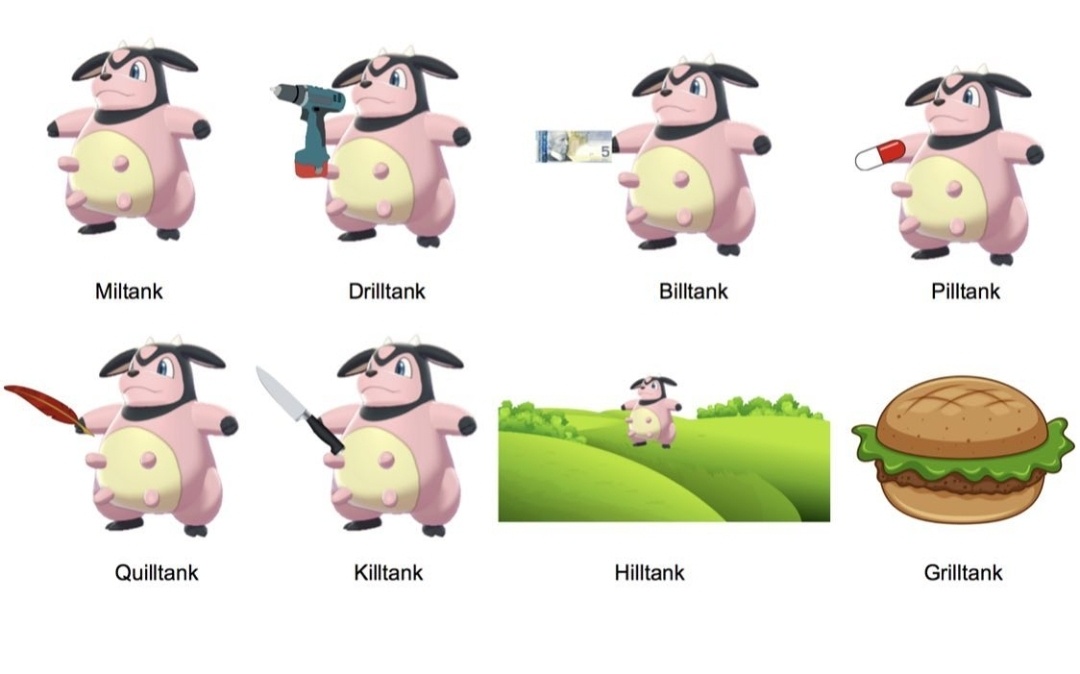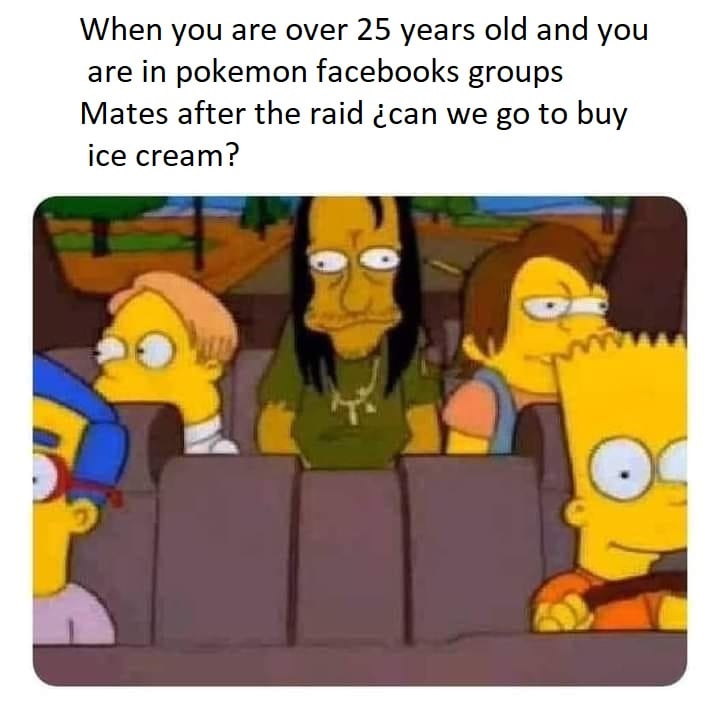Pokémon Go became one of the most popular games in the world right after its release in 2016. For a short time, the game became part of pop culture, which influenced various areas of trade, production, and even the restaurant business. However, today Pokémon Go is no longer so popular, although thousands of players worldwide still collect Pokémon on the streets of their cities. This paper will analyze the characteristics of Pokémon Go’s pop culture that contributed to its success and the current place of the game.
Narrative Analysis
In 2016, Pokémon Go became a unique game due to its atypical features that helped bring an online play to the offline world. Nintendo has combined the typical online gaming story of finding things, or in this case, Pokémon, with augmented reality features. Thus, players could see game characters on their phone screens that come to life in the middle of a street or a shopping center. This feature has been key to the popularity of Pokémon Go.
Another feature of the game was virtually no created narrative. The game was based on the popular cartoon series Pokémon, but this story was not engaged in developing the plot. In other words, the players themselves created the narrative by looking for Pokémon, fighting other players or common enemies (Broom et al., 2019). This feature was both positive and negative for the success of the game. Immersive narratives of Pokémon Go allow players to get involved in the story and actively participate in it, instead of passively observing and completing orders, which motivates play and generates interest (Tang, 2017 ). In other words, this feature gives freedom of action and imagination. However, the lack of a coherent story takes away the game’s ultimate goal; therefore, over time, the player loses interest in new achievements, which is what happened with Pokémon Go. Thus, the absents of a pre-created narrative in the game was key to the initial success of Pokémon Go but also led to a rapid decline in popularity after the first wave of general infatuation.
Semiotic Analysis
The marketing strategy of games differs significantly from advertising goods, since, most often, users are its main distributor. This approach was also key for Pokémon Go as players spread information online by sharing achievements, tips, and pieces of advice for the game. However, the pre-launch Pokémon Go trailer shows several important semiotic elements that have influenced the game’s popularity. In the first seconds of the official promo video, viewers see an image of the Earth, which speaks of the global nature of the game (The Official Pokémon YouTube channel, 2015). For a second, a red cap, a dark T-shirt, and a hairstyle like the main character of the animated series Pokémon also appear in the frame, which demonstrates the connection between the game and the original TV series.
Psychoanalysis And Social Norms
Analysis of the videos also demonstrates that this game is intended for a broad audience and does not reinforce or inhibit specific social roles. For example, while young people play a central role in the video, the last scene demonstrates people of different races, gender, age, and appearance, who are united by love to the game. For this reason, Pokémon Go actually resists the stereotypes that games are for kids and teens, and games that include fighting are aimed at a male target audience. Moreover, practical research confirms this tendency, since although there are still differences between perceptions of players of different ages and genders, it is not such significant (Potts & Yee, 2019). In addition, the developers attracted an audience over 25 years old by using nostalgia for the TV show that was most popular in the late 90s and nostalgia for outdoor games and insect catching for older audiences (Broom et al., 2019; Keogh, 2017). Simultaneously, the game’s interactivity and characters made the game appealing to children who are not familiar with the culture of the original Pokémon.
Social Roles
Moreover, while Pokémon Go does not reinforce typical social roles, the game uses a hero and adventurer image to attract players. Most people are interested in discoveries, riddles, and adventures that are almost inaccessible in modern day-to-day life. According to Laato and Rauti (2021), a significant part of Pokémon Go players are interested specifically by exploration aspect. Pokémon Go allows players to feel like the hero of a quest simply and safely and experience a sense of their power. In addition, as Davies (2020) notes, the love of collecting is driven by the Japanese historical tradition that formed the basis of the game. In this way, the reference to the bold and heroic characters of the adventure has allowed Pokémon Go to inspire an audience that wants to break out of everyday life and experience adventure.
Fan Community Analysis
A search on the Internet does not show many results for Pokémon Go fan clubs. The largest Pokémon Go community is the Pokémon Go Worldwide (Official) Facebook group created in 2016 with 199 thousand members (Pokémon Go Worldwide (Official), n.d.). The main content of the page is the latest news about game updates, questions about finding Pokémon and achievements, and memes on the topic. Another large fan community is GoHub, which has a website, Facebook, Instagram, and Twitter with the largest number of members (260 thousand). The content of this community is similar to Pokémon Go Worldwide, but its advantage is long-read articles, a schedule of events, and raids for members (GoHub, n.d.). Both of these communities are robust because they allow members to exchange information, since Pokémon Go does not have clear rules and scenarios, which forces players to search for new approaches to development. In addition, the raid format, which requires many players to participate simultaneously, also forces them to seek support from the community. However, a specific feature of these communities is engaging content and humor, since they help players progress and keep them entertained.
Nevertheless, communities have almost no special rituals or traditions other than those established by the game rules. For example, every month, there is an online event that allows players to receive special bonuses (Zeroghan, 2021). Raids are also necessary for players to catch new Pokémon and double their points, but, in fact, they are offline meetings that stimulate communication. The only distinguishing feature is memes, which can only be understood by the people involved in the game (Fig. 1), although some of them are understandable to the general audience (Fig. 2). In addition, one can find stories about Pokémon on various fanfiction sites, but they most often refer to cartoon and movie characters but not to the game. Consequently, while the game is still a part of popular culture, the number of its participants has dropped significantly since 2016, which also influenced the community by making it more of a subculture.


References
Broom, D. R., Lee, K. Y., Lam, M., & Flint, S. W. (2019). Go ta catch ’em al or not enough time: Users motivations for playing Pokémon Go™ and non-users’ reasons for not installing. Health psychology research, 7(7714), 1-9. Web.
Davies, H.(2020). Japanese seasonal play a prehistory of Pokémon GO. American Journal of Play, 12(3), 305-337.
GameSpot (2017). Pokémon GO – Legendary trailer [Video]. YouTube. Web.
GoHub. (n.d.). Home. Web.
Keogh, B. (2016). Pokémon Go, the novelty of nostalgia, and the ubiquity of the smartphone. Mobile Media & Communication, 5(1), 38–41. Web.
Laato, S., & Rauti, S. (2021). Central Themes of the Pokémon franchise and why they appeal to humans. Proceedings of the 54th Hawaii International Conference on System Sciences. Web.
Pokémon Go Worldwide (Official). (n.d.). About [Facebook page]. Facebook. Web.
Potts, R., & Yee, L. (2019). Pokémon Go-ing or staying: Exploring the effect of age and gender on augmented reality game player experiences in public spaces. Journal of Urban Design, 24(6), 878–895. Web.
Tang, A. K. Y. (2017). Key factors in the triumph of Pokémon GO. Business Horizons, 60(5), 725–728. Web.
The Official Pokémon YouTube channel. (2015). Discover Pokémon in the real world with Pokémon GO! [Video]. YouTube. Web.
Zeroghan (2021). Pokémon GO new Pokémon snap celebration event. GoHub. Web.